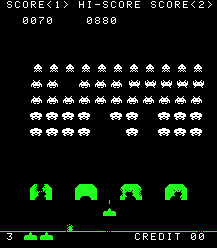Continuing the discussion from The workshop design:
I want to start off by saying I am a contributor, fan, and I have great respect for what Tom and Tony are doing here. Although the team has made a good decision about workshops I have a bit of a concern with the comments @Tom made above. I understand that the game has to be accessible for new players but very often a game is destroyed during it’s design in order to make them accessible. The big developers are the worst for this. An example being Spore. Spore was originally going to be an incredible game with complex game-play. You were originally going to be able to design different tools for your creatures, which would have different attributes, as well as many other aspects that would have added to the complexity and quality of this title. These features were developed for the game but then removed during testing in order to make the game “accessible”. In the end they turned what would have been an incredible civilization type game into a “toy” where you play a chain of very simple puzzle games with lots of variety in the look of the game being the only thing that is complex.
I just want to make a comment in order to voice my concern about this type of thing happening to what seem to be an amazing game here. Of course you need to consider new players and people’s first games when designing the game. Intelligently designed hints, and mouse-over text can do a great deal to improve accessibility without sacrificing design. With workshops they were going to use a solution that was changing the games design in order to make it more accessible. The original plan of making workshops a “Designation” would have been a big mistake in my opinion. This would have been an example of game design which sacrificed complexity and freedom for accessibility. There are much better ways of solving the accessibility problem with workshops. I’m sure that they must have come to see some of these in their brainstorming as they came to the correct decision. My hope is that the desire to make the game accessible won’t cause the removal or non inclusion of essential elements in other areas.
Like I said, I am a fan, and I know this game is going to be good, I just want to bring this concern out in the open a bit to hopefully have the team think of this perspective in future decisions. Keep up the good work guys.
Edit: I removed a bit of @Tom’s text that wasn’t relevant to what I am talking about.






